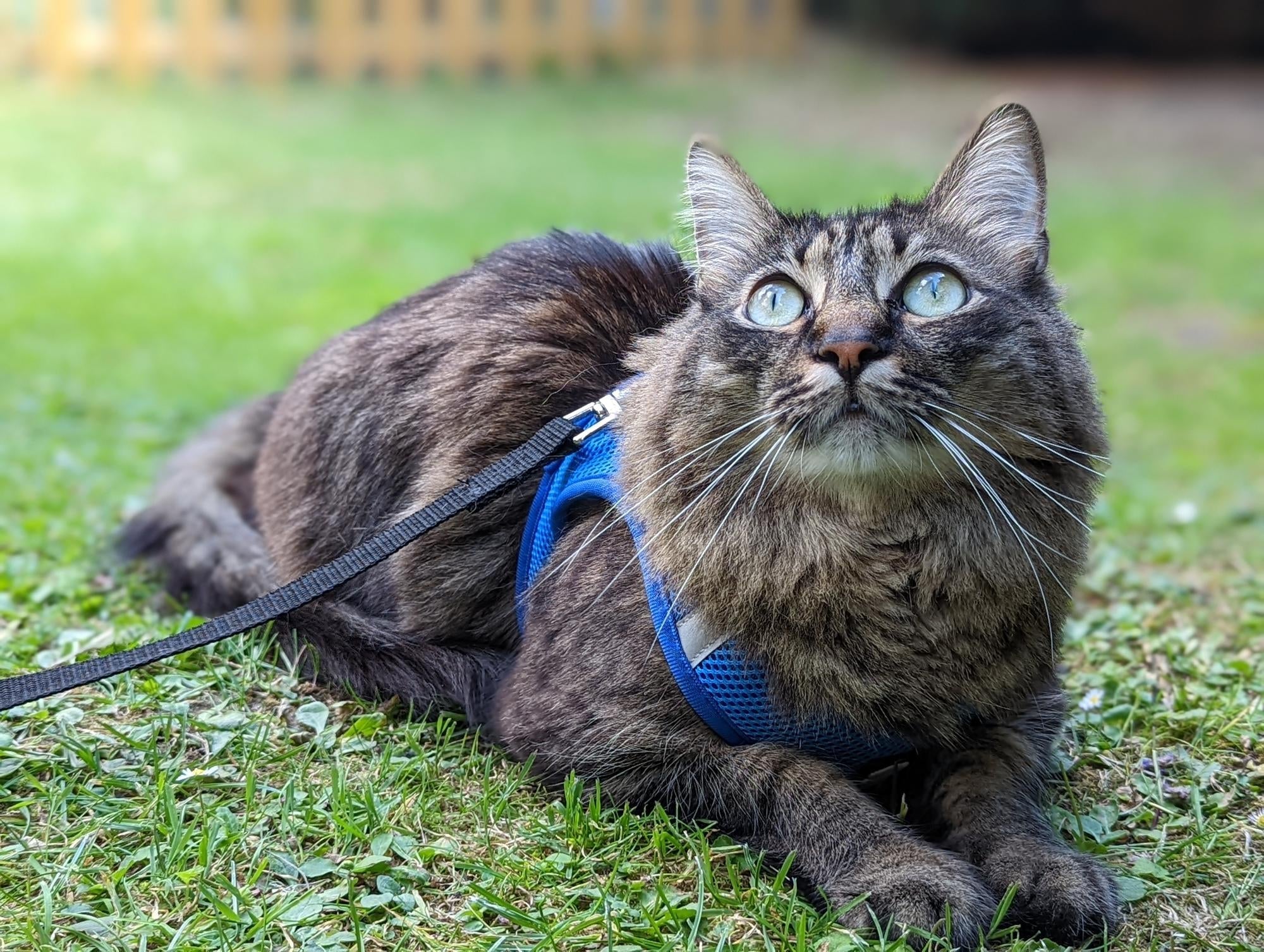If your cat’s persistent meowing has left you searching for answers, you’re not alone. While some cats are naturally vocal, excessive meowing can signal anything from boredom to serious health concerns. At Pet Nesta, we combine veterinary expertise with practical solutions to help you decode your feline’s behavior and restore harmony in your home. This guide explores the root causes of attention-seeking habits and actionable strategies to address them, ensuring your cat feels understood and cared for.
Why Do Cats Meow Excessively?
Cats use meowing primarily to communicate with humans, not other cats. Breeds like Siamese and Oriental Shorthairs are famously chatty, often engaging in “conversations” with their owners. However, sudden changes in vocalization—such as a quiet cat becoming incessantly noisy or a talkative cat falling silent—should never be ignored. These shifts could indicate pain, cognitive decline, or conditions like hyperthyroidism. For example, nighttime howling in senior cats often links to fading vision or hearing, while twitching fur paired with vocalization might suggest feline hyperesthesia, a neurological disorder.
Medical issues aside, cats may meow excessively to demand food, express loneliness, or cope with stress. Boredom is another common trigger, especially in indoor cats lacking stimulation. Understanding the why behind the behavior is the first step toward resolving it.
How to Address Attention-Seeking Behaviors
1. Managing Insistent Meowing
If your cat’s chatter feels overwhelming, start by ruling out health issues with a vet visit. Once medical causes are eliminated, focus on environmental enrichment. Interactive toys like Pet Nesta’s motion-activated laser spinner can redirect their energy into play, while timed feeders curb food-related demands. For senior cats, consider nightlights to ease disorientation and pheromone diffusers like Feliway to reduce anxiety-driven vocalization.
2. Curbing Begging and Overeating
Cats often meow relentlessly for treats or extra meals. Combat this by establishing a structured feeding routine with portion-controlled bowls. Replace high-calorie snacks with healthier options, such as freeze-dried salmon bites, which make up less than 10% of their daily intake. Small, frequent meals mimic a cat’s natural grazing habits and prevent hunger-driven meowing.
3. Soothing Stress and Anxiety
Changes like moving homes, introducing a new pet, or even rearranging furniture can trigger stress-induced meowing. Create safe zones with elevated perches, such as Pet Nesta’s wall-mounted cat tree, where your feline can retreat. Calming supplements, including vet-approved CBD drops, may also ease tension. For multi-cat households, ensure each pet has dedicated resources (food bowls, litter boxes) to minimize competition.
4. Redirecting Destructive Habits
Cats that scratch furniture or chew non-food items (a condition called pica) often crave mental stimulation. Offer sisal scratching posts near problem areas and attract use with catnip spray. For wool-sucking or plastic chewing, introduce puzzle feeders to engage their hunting instincts and reduce boredom. Always consult your vet if pica persists, as it may stem from nutritional deficiencies.
When to Seek Veterinary Care
While some meowing is benign, certain symptoms demand immediate attention:
-
Labored breathing or blue-tinged gums (signs of respiratory distress).
-
Sudden weight loss paired with vocalization (possible hyperthyroidism).
-
Straining in the litter box (potential urinary blockage).
-
Disorientation or aggression (indicators of cognitive decline).
Conditions like brachycephalic syndrome in flat-faced breeds or tracheal collapse in small dogs require tailored care plans. Always prioritize a vet visit if your cat’s behavior changes abruptly.
Pet Nesta’s Recommended Solutions
At Pet Nesta, we design products to address feline anxiety and boredom at their core:
-
Calming Pheromone Diffusers: Mimic natural cat pheromones to reduce stress.
-
Interactive Feeders: Stimulate minds and slow eating.
-
Heated Cat Beds: Provide comfort for senior cats or those with arthritis.
-
Adjustable Harnesses: Safely explore outdoors, reducing indoor restlessness.
Conclusion
Excessive meowing is your cat’s way of saying, “I need something.” Whether it’s companionship, stimulation, or medical care, responding with patience and insight strengthens your bond. Incorporate Pet Nesta’s vet-approved tools to create a calm, engaging environment, and always consult a professional for sudden behavioral shifts. By understanding the nuances of feline communication, you can transform endless meows into moments of connection.






